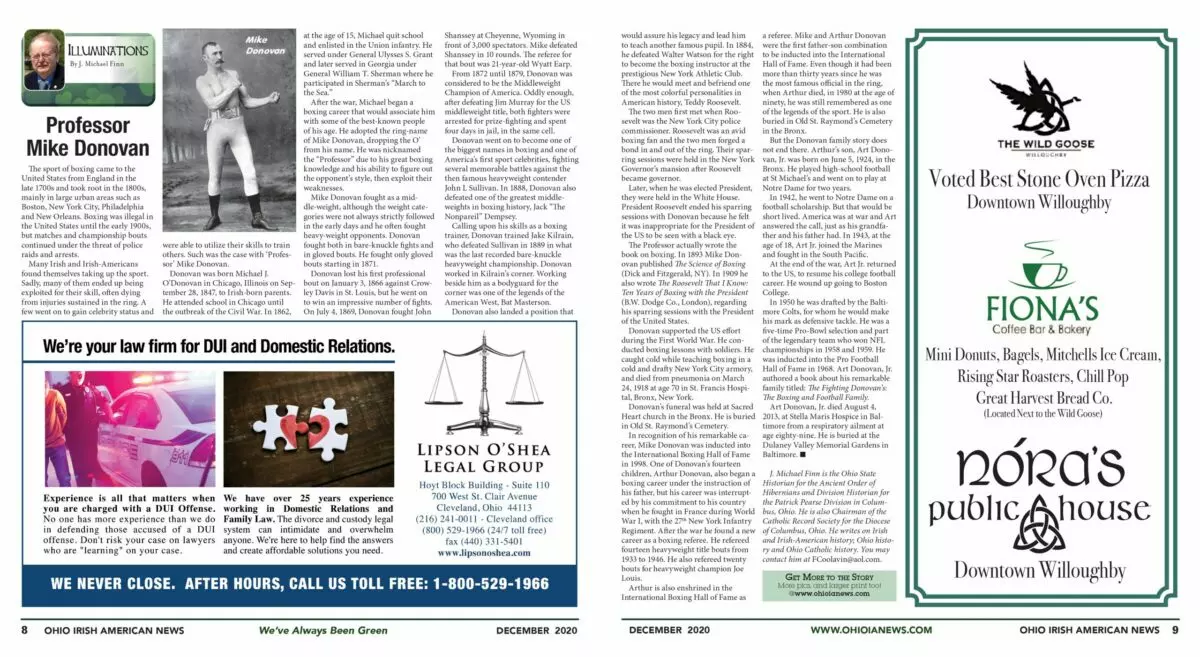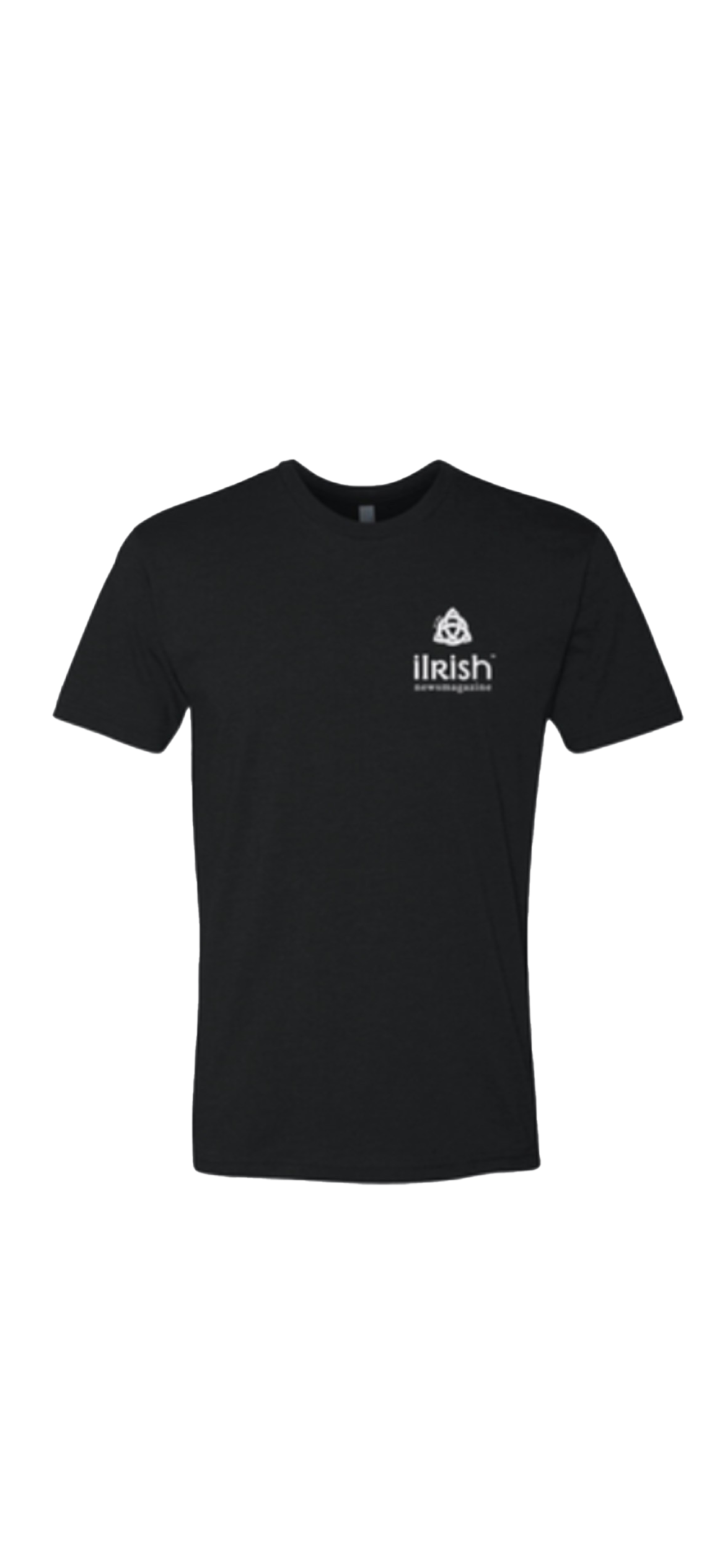Illuminations: Professor Mike Donovan
- John O'Brien
- November 28, 2020
- Edited 3 months ago
Table of Contents
Illuminations: Professor Mike Donovan
By: J. Michael Finn
The sport of boxing came to the United States from England in the late 1700s and took root in the 1800s, mainly in large urban areas such as Boston, New York City, Philadelphia, and New Orleans. Boxing was illegal in the United States until the early 1900s, but matches and championship bouts continued under the threat of police raids and arrests.
Professor Mike Donovan
Many Irish and Irish Americans found themselves taking up the sport. Sadly, many of them ended up being exploited for their skill, often dying from injuries sustained in the ring. A few went on to gain celebrity status and were able to utilize their skills to train others. Such was the case with ‘Professor’ Mike Donovan.
Donovan was born Michael J. O’Donovan in Chicago, Illinois on September 28, 1847, to Irish-born parents. He attended school in Chicago until the outbreak of the Civil War. In 1862, at the age of 15, Michael quit school and enlisted in the Union infantry. He served under General Ulysses S. Grant and later served in Georgia under General William T. Sherman where he participated in Sherman’s “March to the Sea.”
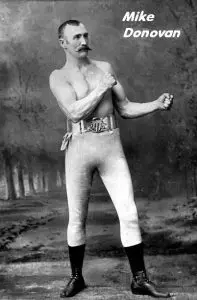
After the war, Michael began a boxing career that would associate him with some of the best-known people of his age. He adopted the ring-name of Mike Donovan, dropping the O’ from his name. He was nicknamed the “Professor” due to his great boxing knowledge and his ability to figure out the opponent’s style, then exploit their weaknesses.
Mike Donovan fought as a middle-weight, although the weight categories were not always strictly followed in the early days and he often fought heavy-weight opponents. Donovan fought both in bare-knuckle fights and in gloved bouts. He fought only gloved bouts starting in 1871.
Donovan lost his first professional bout on January 3, 1866 against Crowley Davis in St. Louis, but he went on to win an impressive number of fights. On July 4, 1869, Donovan fought John Shanssey at Cheyenne, Wyoming in front of 3,000 spectators. Mike defeated Shanssey in 10 rounds. The referee for that bout was 21-year-old Wyatt Earp.
Middleweight Champion of America
From 1872 until 1879, Donovan was considered to be the Middleweight Champion of America. Oddly enough, after defeating Jim Murray for the US middleweight title, both fighters were arrested for prize-fighting and spent four days in jail, in the same cell.
Donovan went on to become one of the biggest names in boxing and one of America’s first sport celebrities, fighting several memorable battles against the then famous heavyweight contender John L Sullivan. In 1888, Donovan also defeated one of the greatest middleweights in boxing history, Jack “The Nonpareil” Dempsey.
Calling upon his skills as a boxing trainer, Donovan trained Jake Kilrain, who defeated Sullivan in 1889 in what was the last recorded bare-knuckle heavyweight championship. Donovan worked in Kilrain’s corner. Working beside him as a bodyguard for the corner was one of the legends of the American West, Bat Masterson.
Donovan also landed a position that would assure his legacy and lead him to teach another famous pupil. In 1884, he defeated Walter Watson for the right to become the boxing instructor at the prestigious New York Athletic Club. There he would meet and befriend one of the most colorful personalities in American history, Teddy Roosevelt.
The two men first met when Roosevelt was the New York City police commissioner. Roosevelt was an avid boxing fan and the two men forged a bond in and out of the ring. Their sparring sessions were held in the New York Governor’s mansion after Roosevelt became governor.
Sparring with the President
Later, when he was elected President, they were held in the White House. President Roosevelt ended his sparring sessions with Donovan because he felt it was inappropriate for the President of the US to be seen with a black eye.
The Professor actually wrote the book on boxing. In 1893 Mike Donovan published The Science of Boxing (Dick and Fitzgerald, NY). In 1909 he also wrote The Roosevelt That I Know: Ten Years of Boxing with the President (B.W. Dodge Co., London), regarding his sparring sessions with the President of the United States.
Donovan supported the US effort during the First World War. He conducted boxing lessons with soldiers. He caught cold while teaching boxing in a cold and drafty New York City armory, and died from pneumonia on March 24, 1918 at age 70 in St. Francis Hospital, Bronx, New York.
Donovan’s funeral was held at Sacred Heart church in the Bronx. He is buried in Old St. Raymond’s Cemetery.
In recognition of his remarkable career, Mike Donovan was inducted into the International Boxing Hall of Fame in 1998. One of Donovan’s fourteen children, Arthur Donovan, also began a boxing career under the instruction of his father, but his career was interrupted by his commitment to his country when he fought in France during World War I, with the 27thNew York Infantry Regiment. After the war he found a new career as a boxing referee. He refereed fourteen heavyweight title bouts from 1933 to 1946. He also refereed twenty bouts for heavyweight champion Joe Louis.
Boxing Hall of Fame
Arthur is also enshrined in the International Boxing Hall of Fame as a referee. Mike and Arthur Donovan were the first father-son combination to be inducted into the International Hall of Fame. Even though it had been more than thirty years since he was the most famous official in the ring, when Arthur died, in 1980 at the age of ninety, he was still remembered as one of the legends of the sport. He is also buried in Old St. Raymond’s Cemetery in the Bronx.
Art Donovan Jr & the NFL
But the Donovan family story does not end there. Arthur’s son, Art Donovan, Jr. was born on June 5, 1924, in the Bronx. He played high school football at St Michael’s and went on to play at Notre Dame for two years.
In 1942, he went to Notre Dame on a football scholarship. But that would be short lived. America was at war and Art answered the call, just as his grandfather and his father had. In 1943, at the age of 18, Art Jr. joined the Marines and fought in the South Pacific.
At the end of the war, Art Jr. returned to the US, to resume his college football career. He wound up going to Boston College.
In 1950 he was drafted by the Baltimore Colts, for whom he would make his mark as defensive tackle. He was a five-time Pro-Bowl selection and part of the legendary team who won NFL championships in 1958 and 1959. He was inducted into the Pro Football Hall of Fame in 1968. Art Donovan, Jr. authored a book about his remarkable family titled: The Fighting Donovan’s: The Boxing and Football Family.
Art Donovan, Jr. died August 4, 2013, at Stella Maris Hospice in Baltimore from a respiratory ailment at age eighty-nine. He is buried at the Dulaney Valley Memorial Gardens in Baltimore.
*J. Michael Finn is the Ohio State Historian for the Ancient Order of Hibernians and Division Historian for the Patrick Pearse Division in Columbus, Ohio. He is also Chairman of the Catholic Record Society for the Diocese of Columbus, Ohio. He writes on Irish and Irish-American history; Ohio history and Ohio Catholic history. You may contact him at [email protected].
